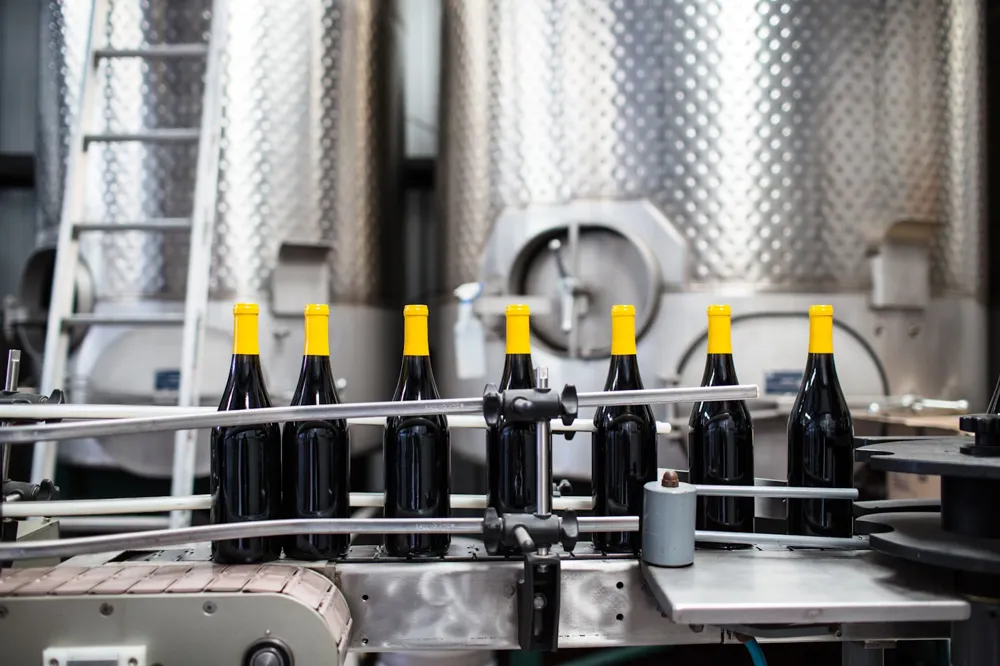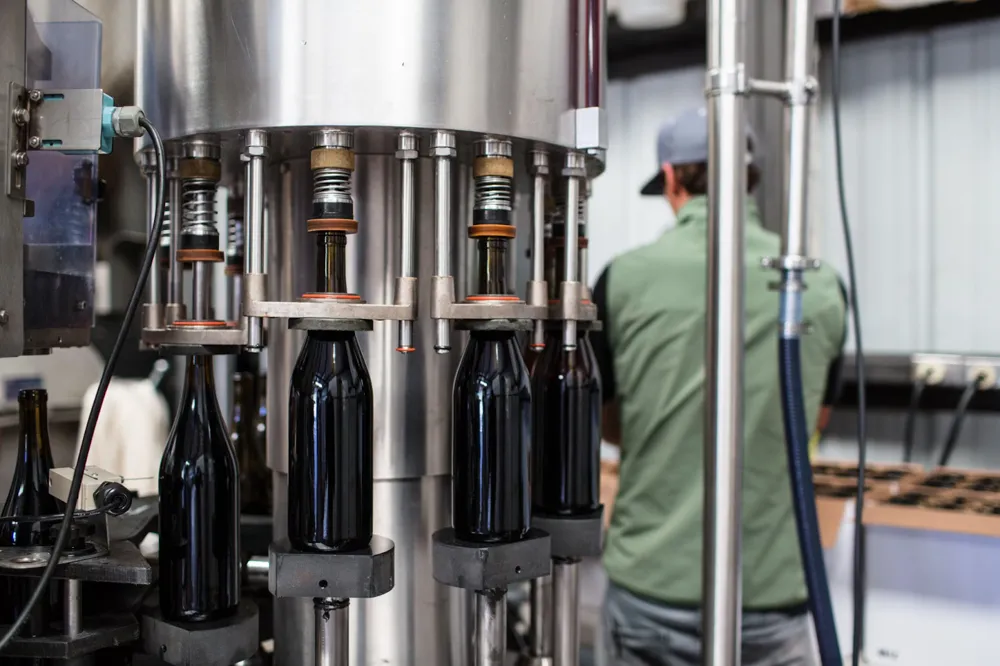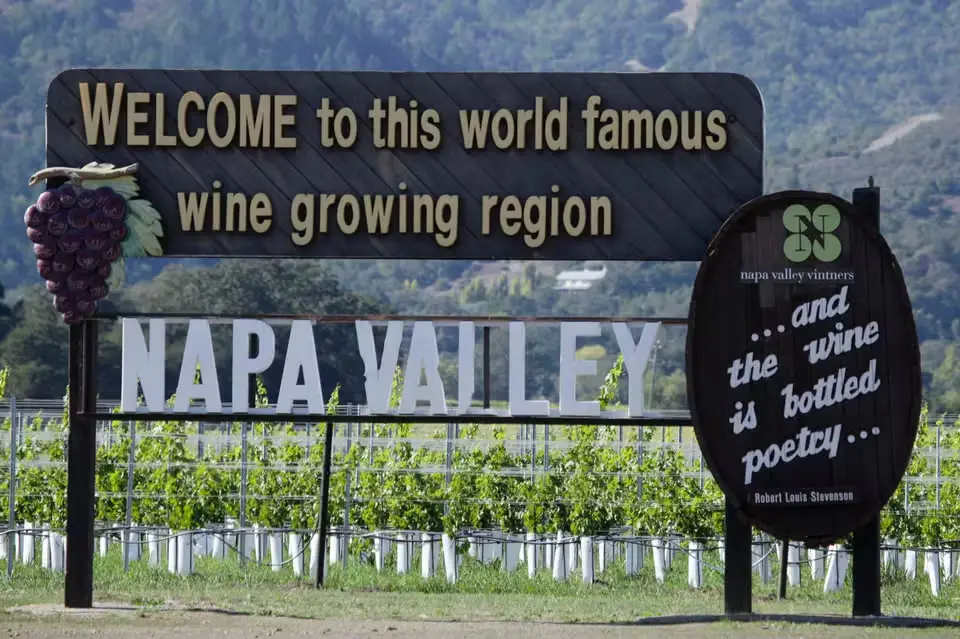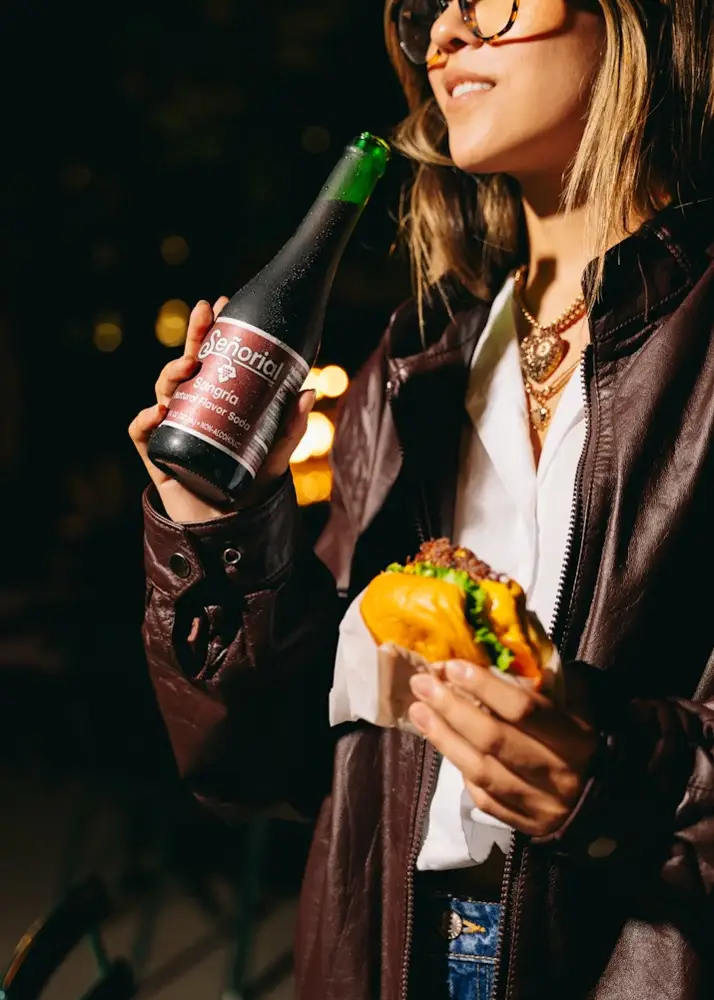Sealed for Perfection: The Science Behind Wine Bottling
Wine bottling is a fascinating process that transforms the hard work of vineyards and winemakers into the delightful bottles we enjoy. Most of your favorite rosé and white wines are bottled right now, just in time for you to enjoy them this spring. So, let's uncork the details of this important stage in the life of wine.

Understanding the Wine Bottling Process
Bottling is one of the most important steps in winemaking. It is the last phase where the winemaker can protect the wine and ensure it reaches you in a good state. If something goes wrong during bottling, then a winemaker may have to recall the whole batch of wine.
Preparation of the Wine
Before wine can be bottled, it must be clear and stable. This means that all the particles that could make the wine look cloudy or affect its taste have been removed. Winemakers use various techniques like fining, filtration, and cold stabilization to prepare the wine for bottling.
Fining involves adding substances that bind with unwanted particles, making them easier to remove. For example, plant proteins bind to the tannins in red wine making them smoother. Filtration then captures these particles, and cold stabilization prevents tartrate crystals from forming in the bottle by chilling the wine.
Natural or minimal intervention wines skip these steps. That's why these wines are often hazy or develop crystals in the bottles.
Choosing the Right Bottle
The bottle shape and color serve specific purposes. Darker glass helps protect wine from light, which can spoil it. The shape can indicate the type of wine; for example, Bordeaux wines are typically found in high-shouldered bottles, while Burgundy wines are in sloped-shoulder bottles.
They are sometimes related to the tradition of the region, or can even be decorated with the emblem of the winery. Sometimes the bottle fillers dictate the size.
For example, Vin Jaune from the Jura region in France is always bottled in 620ml bottles, as opposed to the standard 750 ml, and comes with a particular shape.
The Role of Corks and Alternatives
Corks have been used for centuries to seal wine bottles, but now there are alternatives like screw caps and synthetic corks. Each has its advantages, with natural cork allowing for tiny amounts of oxygen to interact with the wine, which can be beneficial for aging. Screw caps provide a tighter seal against oxygen. They are therefore great for wines sensitive to oxidation, or those meant to be consumed young.
One of the increasingly popular categories is cork made from smaller glued cork pieces, called conglomerate cork. Conglomerate corks are a great option for all wine styles. They have fewer variations in pores than natural cork, so all wines age evenly but still get some air. A great floor corker can apply both variations to the bottle.
The Filling Process
Precision is key when filling wine bottles. The amount of space left at the top, known as the ullage, is crucial. Too little space can cause problems as the wine expands and contracts with temperature changes, while too much space can lead to oxidation. The modern technology of bottling lines ensures the bottles are filled to the right level, and also protects the wine from oxygen during bottling.

Bottling lines are often the most expensive equipment of the winery. Bottling speed ranges from 1,000 bottles per hour in small models to tens of thousands in larger ones, impacting price greatly. Wine style also affects the bottling line parameters. Bottling sparkling wines like Prosecco require very advanced, counter pressure bottling lines, to prevent losing those precious bubbles.
However, the most important parameter of the bottling line is ensuring consistency across thousands of bottles. Proper filling technique, correct fill level, and secure sealing guarantee that.
Labeling and Presentation
A label provides essential information about the wine, its brand, origin, vintage, and alcohol content. It's also an opportunity for wineries to share their brand story and attract consumers' attention. Labels must follow legal requirements for information, and can be either simple and elegant or bold and artistic.
The winemaker must ensure that they properly apply the labels, which come in sticker rolls, to the bottle. Some controls include checking the right label on each wine type and ensuring smooth label application without creases or folds.
[insert:winethe-prisoner-unshackled-cabernet-sauvignon-2021]
The Importance of Timing in Wine Bottling
Timing is everything in winemaking, and bottling is no exception. Winemakers choose the bottling date carefully based on the type of wine and its readiness. Some wines benefit from aging in barrels or tanks before bottling, while others are best bottled young to preserve their freshness. The time of year can also impact bottling, as some winemakers prefer to bottle in cooler weather to prevent oxidation.
The Impact of Bottling on Wine Quality
Bottling is the last step for wine before it is sent out, and it can greatly affect its quality. If done correctly, it preserves the wine's character and ensures it ages as intended. Poor bottling practices can lead to faults like oxidation or contamination. Using gases like nitrogen or argon during bottling can remove oxygen and protect the wine from spoiling.
Contamination of wines with yeast or bacteria is a critical issue, especially with sweet wines, as it can cause the wine to re-ferment in the bottle, and therefore to become unsellable. For that reason, bottling lines are always thoroughly cleaned and sterilized before and after each use.
Sustainability in Wine Bottling
Sustainability is becoming increasingly important in the wine industry. Wine packaging is often the biggest CO2 contributor to wine, therefore it makes sense to emphasize reducing it.
Wineries aim to be more environmentally friendly. They achieve this by using lighter bottles, recyclable materials, and efficient bottling lines. These measures help to save water and energy. Some wineries even opt for local sourcing of bottles and closures to minimize their carbon footprint.
Others prefer to ship their wines in bulk to their export markets and bottle there, reducing the carbon footprint caused by bottle transport.
Wine Bottling Innovations
Technology is changing the way wine is bottled. From automated bottling lines that increase efficiency to inert gas systems that minimize oxygen exposure, innovations are helping winemakers ensure consistency and quality. More winemakers are using alternative packaging for wine, such as bag-in-box or cans. This trend is driven by the convenience it offers and its positive impact on the environment.
Wine bottling may seem like a simple task, but it's a complex process that requires attention to detail and expertise. From selecting the right bottle to sealing it with the perfect closure, every step is crucial in ensuring that the wine inside matures and tastes as the winemaker intended. As consumers, understanding the effort behind each bottle can enhance our appreciation and enjoyment of wine.
Next time you pick up a bottle of your favorite wine, take a moment to consider the journey it has made from the vineyard to your glass. The science of wine bottling is an essential chapter in the story of wine, one that combines tradition with technology to deliver the flavors and aromas that wine lovers cherish.
Evmorfia Kostaki



